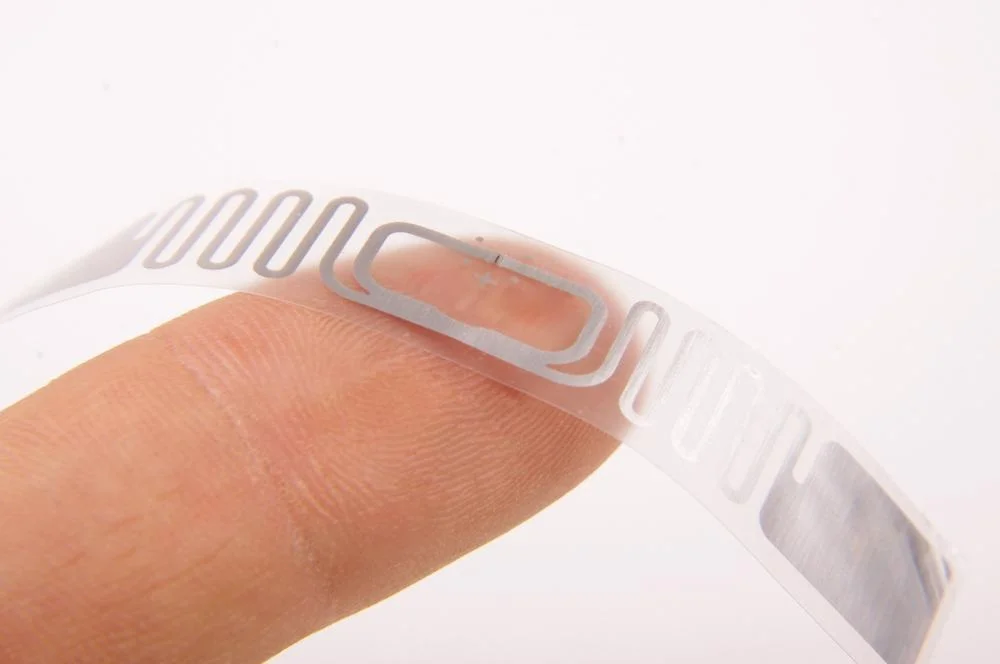Researchers at the University of California San Diego (UCSD) have unveiled a groundbreaking advancement in haptic technology with a soft, stretchable electronic device capable of recreating realistic touch sensations on the skin. This innovation marks a significant leap forward in enhancing sensory feedback for applications ranging from virtual reality to medical prosthetics and wearable technology.


The device, developed by a team led by UCSD’s Darren Lipomi, utilizes a novel polymer electrode that adheres closely to the skin without causing discomfort or pain. Unlike traditional rigid electrodes, which can induce painful electrical currents due to air gaps, this new device offers a seamless interface that delivers sensations of pressure or vibration through mild electrical stimulation. By adjusting the frequency of the electrical signals, users can experience a wide spectrum of tactile sensations tailored to their needs.
“Our goal was to create a wearable system that can provide a diverse range of touch sensations using electrical signals, while ensuring comfort and safety for the wearer,” explained Rachel Blau, a postdoctoral researcher at UCSD’s Jacobs School of Engineering.
The electrode, crafted from a unique blend of conductive and stretchable polymers, is designed in a spring-shaped, concentric pattern on a silicone substrate. This design not only enhances stretchability but also enables precise targeting of electrical currents to specific skin locations, thereby preventing any discomfort.
In a series of trials involving participants wearing the device on their forearms, researchers successfully elicited sensations categorized as either pressure or vibration by fine-tuning the frequency of electrical stimulation. The findings, achieved in collaboration with experts from the University of Amsterdam, shed new light on how electrical currents are perceived biophysically by the skin.
“This discovery opens up possibilities for the development of advanced haptic devices that can significantly enhance user experiences in various fields,” noted Abdulhameed Abdal, a Ph.D. student involved in the study.
Looking ahead, the research team aims to further refine the device’s capabilities and explore its integration into practical applications such as immersive virtual reality environments and next-generation medical prosthetics. This innovation holds promise not only for enhancing sensory feedback but also for improving the quality of life for individuals relying on wearable technologies.